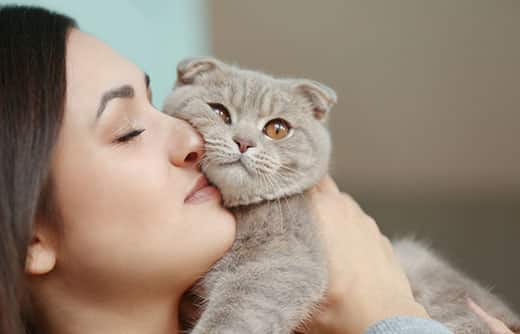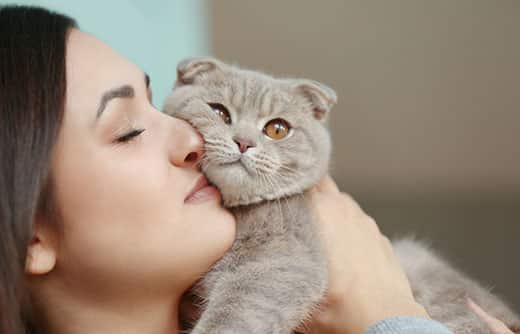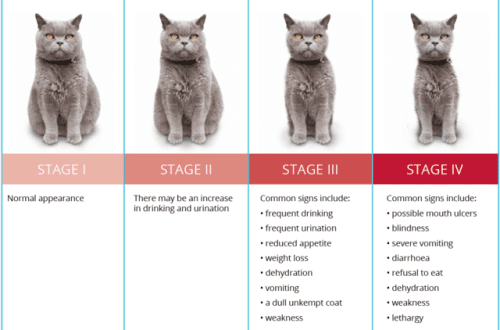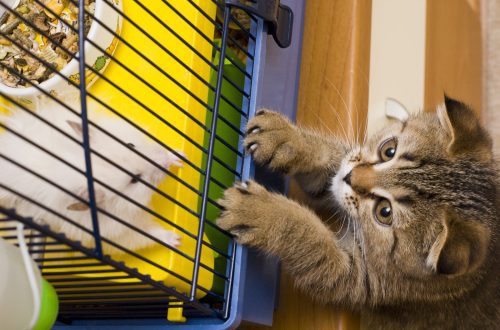
A cat protects a person: how pets take care of their owners
Everyone knows about the boundless devotion of dogs to their owners, but is there such a thing as a protector cat? How do cats protect children and adults and inform them of danger?
Contents
Do cats protect their owners?
Cats are often perceived as cold and aloof, even to the people who love them the most. In fact, cats sometimes seek to protect their owners no less fiercely than dogs. Simply put, they love their family and their family loves them in return.
According to NBC News, in a groundbreaking study published in 2011, scientists showed for the first time that “the relationship between a cat and a human is almost identical to that between humans.”
Pets are extremely attentive to where the owner is and what he is doing. Petful wrote about how a cat protected a child from a dog, as well as other four-legged pets who warned their owners of serious medical problems, including cancer and carbon monoxide poisoning. They use their keen hearing and sense of smell to protect humans.

Most often, pets try to protect their owners from other people they consider dangerous. Although cats are naturally ferocious predators, some of them can appear large and intimidating to humans. The cat instinctively defends its territory and the space of its human.
But, although it is pleasant to imagine how a cat rushes to our aid, it is unlikely that she perceives her actions in this way. Renowned animal behaviorist Dr. John Bradshaw of National Geographic cautions people against wanting to “imagine that the thoughts and intentions of cats are like ours.”
If a cat is trying to protect its owner from something or someone, it is most likely just following its instinct.
Signs of an overprotective cat
In some cases, in their desire to protect animals can reach aggression. It is necessary to pay attention to the forms of non-verbal communication of a cat in order to determine what makes her feel the need to protect.
This body language of the cat indicates that she has turned on the “bodyguard” mode:
- Dilated pupils.
- Ears sticking up, deployed like satellite dishes.
- Sharp, quick movements of the tail.
- Stance – pressed to the ground.
- Exposed teeth and/or claws.
- Hissing, growling or piercing meow.
- Biting or scratching.
How to deal with an overprotective cat
A protective cat is a frightened animal, and fear can turn into aggression. You need to try to calm the warlike pet and teach him acceptable behavior.
Hostility should not be encouraged, but punishing an aggressive cat is also unproductive. “It is very important not to comfort an aggressive cat, as this can be seen as an endorsement of the aggression,” explains the Cornell Cat Health Center. “Also, it’s important not to retreat or show your fear, which can make things worse if your retreat is exactly what the cat wants.”
If the cat protects the house, is aggressive, it is better to leave it alone.
Do cats save people? That happens. The pet’s instinct dictates that it react when it smells, hears, or otherwise senses something out of the ordinary. The cat’s instincts are to defend itself when it is frightened. It’s nice to know that in a difficult moment a fluffy pet will be there and will be ready to help.





